Trip to East Europe - July-August 1969
We flew into London. From there we flew to Amsterdam-Schipol where we rented a Ford station wagon. We drove to Berlin then to Poznan, Poland, thence to Warsaw, Poland. Finally we arrived at our destination Kalwaria Zebrzdowska where my Mother's parents had emigrated from. We spent about a week visiting family and other nearby cities (Czestochowa, Wadowice, Krakow, Katowice, and Oswiecim). Then we drove to Prague, Czechoslovakia. After Prague we went to Vienna, Austria. We asked the hotel staff to see if they could get us rooms in Budapest, Hungary. They said they doubted it as the Soviet leadership Brezhnev and Kosygin were there on a state visit. But they checked and found that they could get us rooms at the Grand Hotel on Margitsziget. So off we went to Budapest. The hotel was on an island in the Danube and was really nice! After that we proceeded back to the west driving through the Yugoslav republics of Croatia and Slovenia finally crossing into Italy at Trieste. We then drove to Como where we stayed at Garibaldi's residence. Then we drove through the Goddhard Pass in the Alps into Switzerland. At one point, my step-father was driving on a very curvy road in the Alps with precipitous drop-offs. He was being tailgated a driver who kept flashing his lights to speed up. At one hairpin curve, my step-father opened the window and motioned to him to pass which he started to do but quickly stopped when he saw the edge of the drop-off dead ahead. No more light flashing after that! We stayed in Bern, Switzerland. The next day we stopped at Avenches, the old Roman capital of Helvetia. Then we drove to Dijon, France and from there to Paris where we caught a flight back to London to head back home.
BERLIN
West Berlin
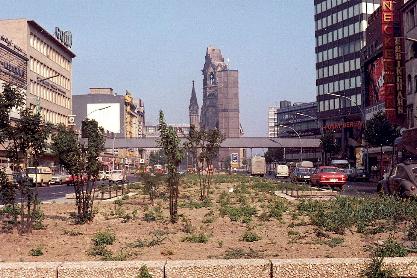
This is Kaiser-Wilhelm-Gedächtniskirche, the remains of a church that was destroyed in World War II
East Berlin
We entered the Soviet Sector which was the capital of the DDR. We joined a tour group with an East German guide. Many of the buildings in the Soviet Sector were stilled damaged from World War II unlike West Berlin. She dutifully explained it by saying the the Soviets had no money to rebuild Germany after the War unlike the Americans.
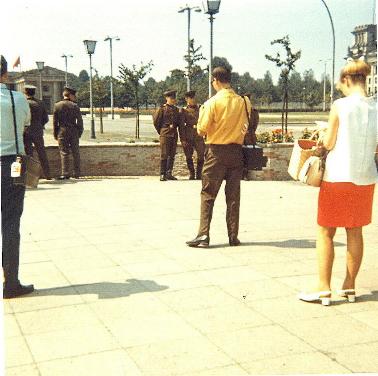

At the Brandenburg Gate, we saw a number of Red Army soldiers. I took photos of them with my Polaroid camera and showed them the instant photos. Hoards of them swarmed over us wanting their pictures taken which I did. The asked in Russian whether we were British, my Mother responded in Polish "Amerikanski." My step-father had top pose with them.
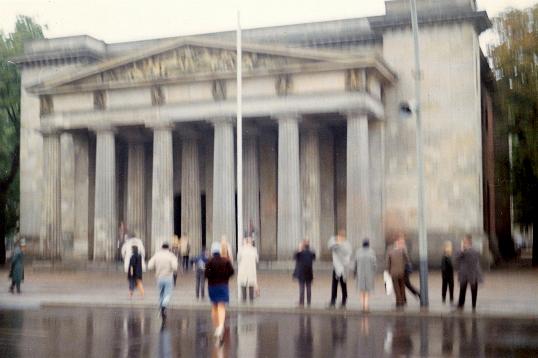

This is the Neue Wache Memorial. One of the Die Nationale Volksarmee der DDR stands guard
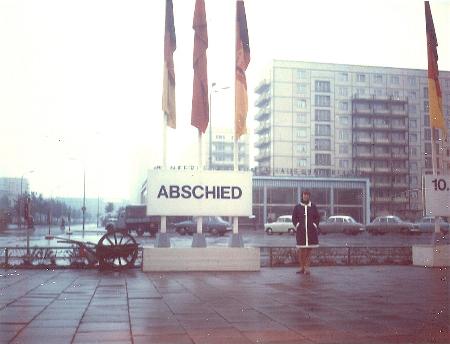
Marilyn in rainy East Berlin
POLAND

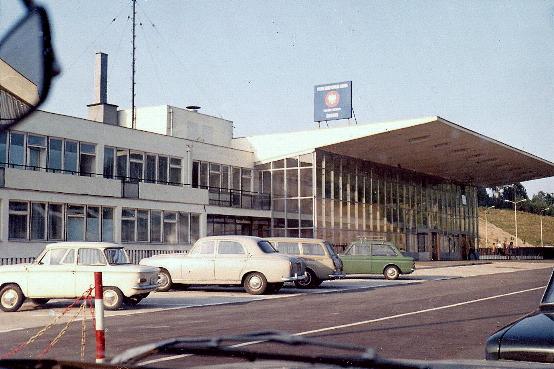
This is the Polish border crossing at Sweikow after we left the oppressive DDR at their Frankfurt am Oder border station. The DDR guards asked if we had any DDR money to which I responded "no" (I had kept a few notes and coins as souvenirs). My stupid step-father said "Phil, you have some of their money." Fortunately the guard did not hear him! If you had any you had to donate it to the DDR Red Cross.
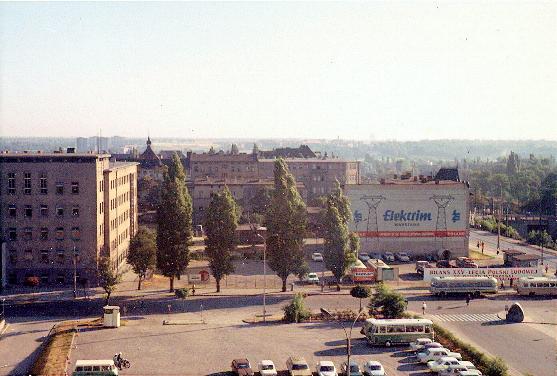
This is Poznan from our hotel window
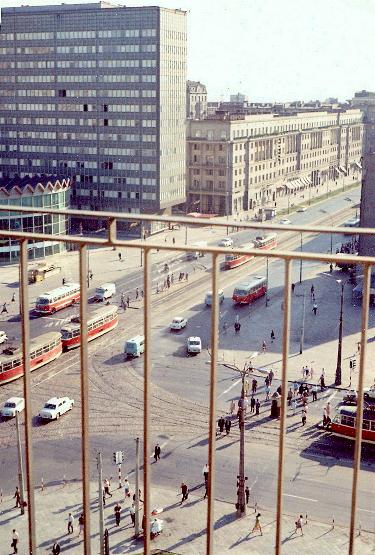
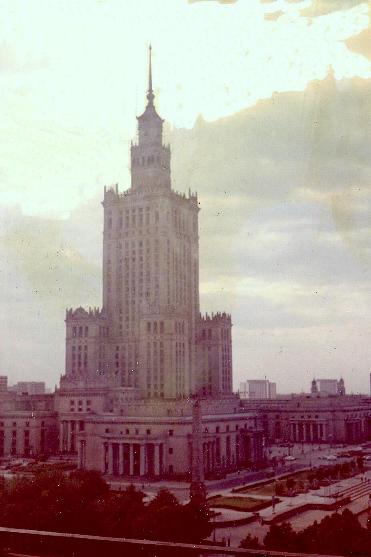
Warsaw from our hotel room. At right, Stalin's "gift" to Poland, the Palace of Culture and Science

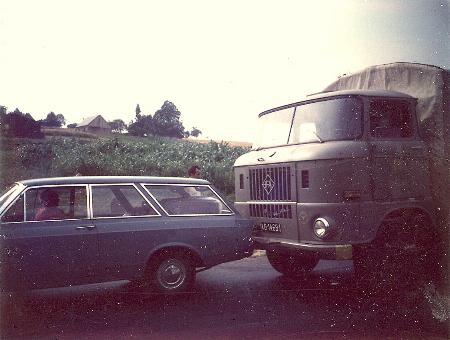
This was our rental car. At right is where we were rearended by a Polish truck neat Kalwaria Zebrzdowska. Marilyn was driving and sitting at a stop light when she exclaimed "He's going to hit us!" I asked what was she talking about and then we were hit. It knocked the window out of the back door on our car. We took it to a local auto repair place and he fixed it. When asked the charge, he responded "no charge." I gave him five 1964 silver Kennedy half dollars which he accepted with much gratitude.
Kalwaria Zebrzdowska
This is the town where my Mother's folks lived in Poland. My grandfather Roman, my grandmother Josefa, and my uncles John, Albert, and Frank left Poland in 1913. They left behind two daughters, my aunts Helena and Genevieve who were still living in the town when we visited. My Mother had lost all track of them during the War and she was finally advised after the War by a Displaced Person's group that they had been in Germany working in an aircraft factory and they had been returned home. Neither of these women could read or write. They had a lady acquaintance who wrote their letters and read them the letters to them. This was the first time my Mother met her sisters (Mom and her sister Jo were born in the USA).
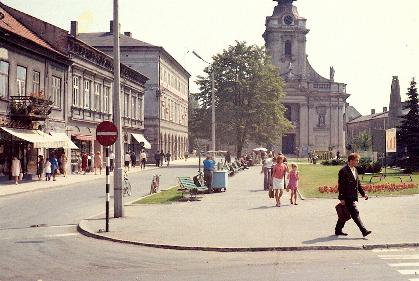

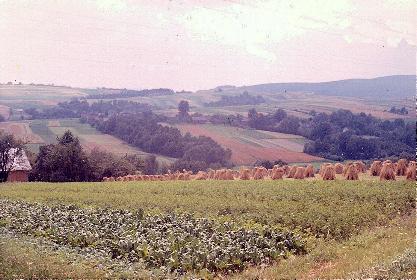
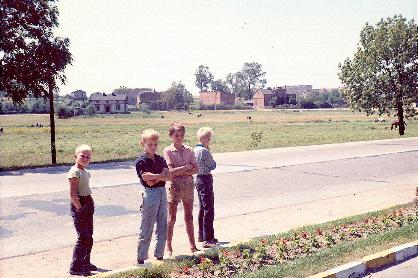
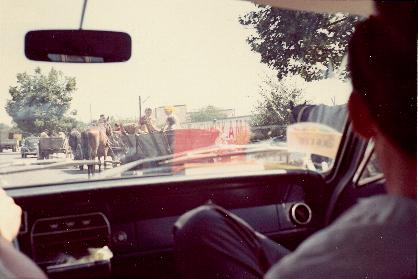
The town center and the countryside. When we arrived at my Aunt's house, there were a couple of families living there. When we went into town to register with the authorities (this was in the Commie days remember), it turns out the bureaucrat was a boarder at her house! There was one small grocery store there. All it had was Cuban canned pineapple! There was a bar in the town that I would visit each evening and they usually ran out of beer around 1900 hours even though there was a local brewery. One of my cousins worked at a restaurant so I was able to buy a case of beer there (it was US 79 cents including deposit for 25 bottles). I took it back to my Aunt's and it truns out her refrigerator was a tiny table top model. She did make room to chill a few beers though. The house had no running water so we had to walk down to a well carrying two large cans on a yoke. One late evening we were at the home of a family friend. He asked what I'd like to drink and I replied, as always, beer. Off he went and he came back with a pitcher of beer! This gentleman, Frank Volak, on our next visit in 1993) was mayor of Kalwaria. He passed away a few years ago, RIP.
Krakow
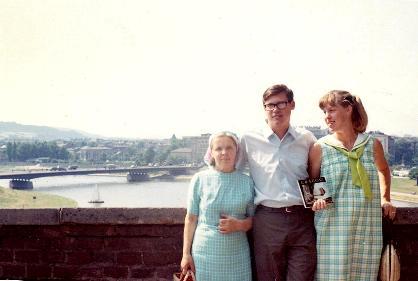
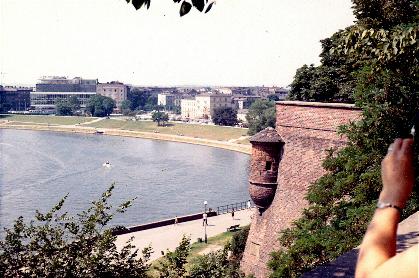
This is the Vistula River from Wawel Castle. At left is Aunt Helena, Phil, and Marilyn
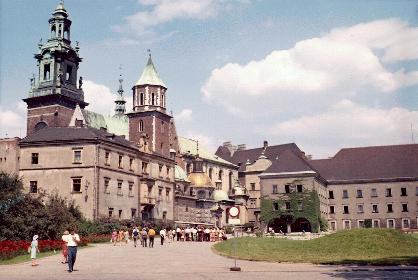


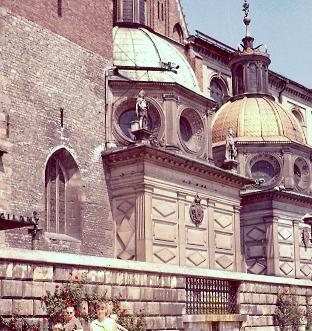
Wawel Castle - Krakow became the seat of royal power in 1138. The castle was built during the reign of Kazimierz the Great (1333-70). Much of it was destroyed by fire in 1499 but it was then rebuilt into its current form
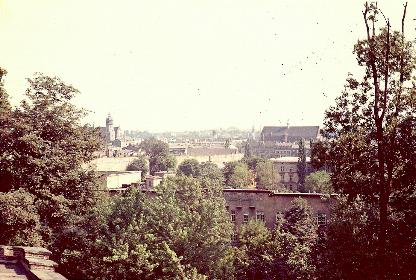
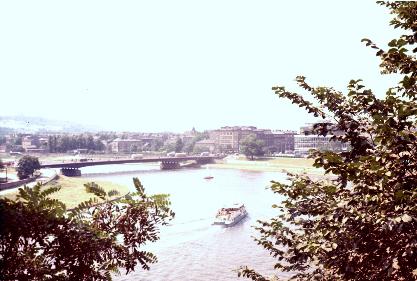
Krakow from Wawel Hill
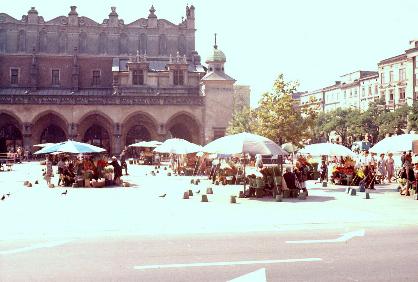
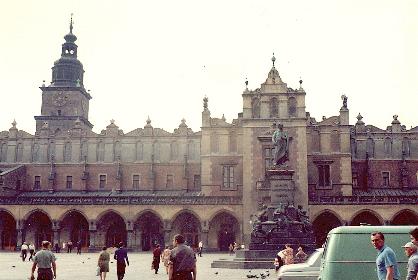
Market Square (Rynek Glowny)
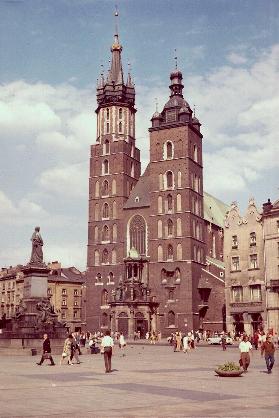
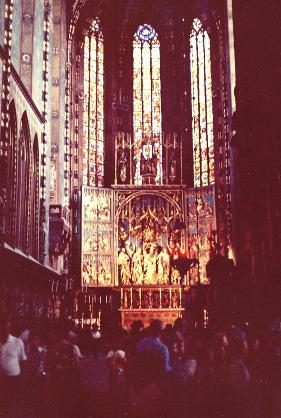

Kosciol Mariacki (Basilica of the Virgin Mary). One the hour a trumpet plays in the west window just below the spire of the higher, municipal tower of the Basilica. It resounds all over the city’s Old Town historical district. All of a sudden the melody comes to an abrupt end. Next it is played towards the east, the south and the north. The Krakow signal, the Hejnal Mariacki, dates back to the Middle Ages when it announced the opening and the closing of the city gates. The bugler also played it to alarm his fellow citizens whenever he saw a fire or the enemy forces. The abrupt ending is said to commemorate a bugler shot through his throat by a Tatar archer in 1241. You can listen to this melody by clicking HERE
Czestochowa
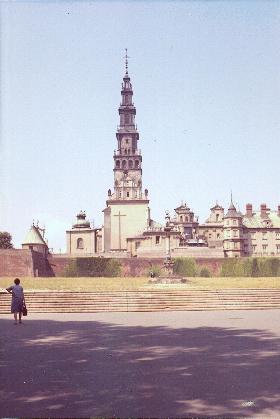
This is Jasna Gora Monastery, a most revered religious site in Poland. We attended Mass there and during the mass at the left side of the altar, a window opened for a short period to display the icon of Our Lady of Czestochowa, known as the Black Madonna because of the darkness caused by votive candles over the centuries. According to tradition, the icon was painted by Luke the Evangelist on a tabletop built by Jesus himself, and the icon was discovered by St. Helen, mother of Emperor Constantine and collector of Christian relics in the Holy Land. The icon was then enshrined in the imperial city of Constantinople, according to the legend, where it remained for the next 500 years. In 803, the painting is said to have been given as a wedding gift from the Byzantine emperor to a Greek princess, who married a Ruthenian nobleman. The image was then placed in the royal palace at Belz, where it remained for nearly 600 years. History first combines with tradition upon the icon's arrival in Poland in 1382 with a Polish army fleeing the Tartars, who had struck it with an arrow. Legend has it that during the looting of Belz, a mysterious cloud enveloped the chapel containing the image. A monastery was founded in Częstochowa to enshrine the icon in 1386, and soon King Jagiello built a cathedral around the chapel containing the icon. However, the image soon came under attack once again. In 1430, Hussites (pre-Reformation followers of Jan Huss) attacked the monastery, slashed the Virgin's face with a sword, and left it desecrated in a puddle of blood and mud. It is said that when the monks pulled the icon from the mud, a miraculous fountain appeared, which they used to clean the painting. The icon was repainted in Krakow, but both the arrow mark and the gashes from the sword were left and remain clearly visible today. The miracle for which the Black Madonna of Częstochowa is most famous occurred in 1655, when Swedish troops were about to invade Częstochowa. A group of Polish soldiers prayed fervently before the icon for deliverance, and the enemy retreated. In 1656, King John Casimir declared Our Lady of Częstochowa "Queen of Poland" and made the city the spiritual capital of the nation. The Virgin again came to the aid of her people in 1920, when the Soviet Russian Red Army gathered on the banks of the Vistula River, preparing to attack Warsaw. The citizens and soldiers fervently prayed to Our Lady of Częstochowa, and on September 15, the Feast of Our Lady of Sorrows, she appeared in the clouds above Warsaw. The Russians were defeated in a series of battles later dubbed the "Miracle at the Vistula."
Oswiecim
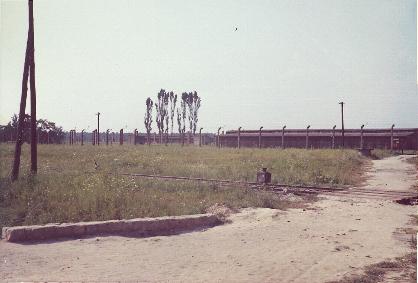

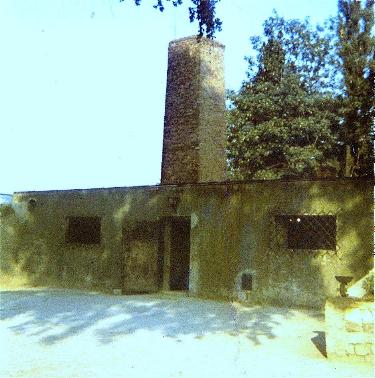
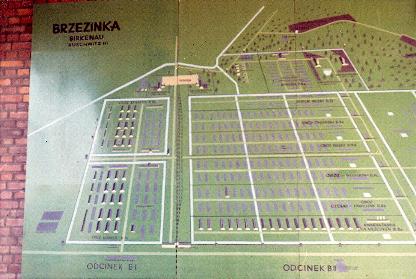
These are scenes from the Oswiecim-Brzezinka concentration camp operated by the Nazi occupiers
Wadowice
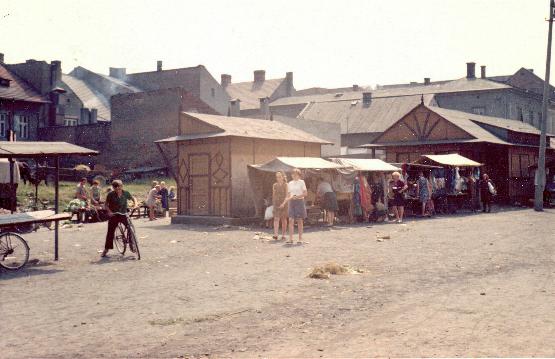
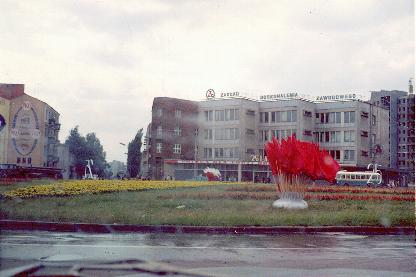
CZECHOSLOVAKIA
Prague


St. Wenceslas Square
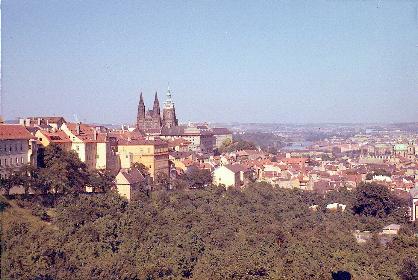
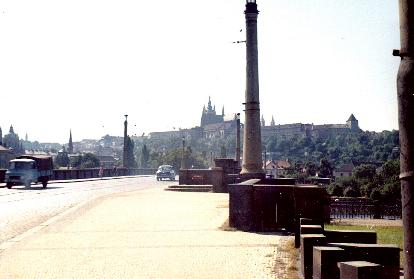
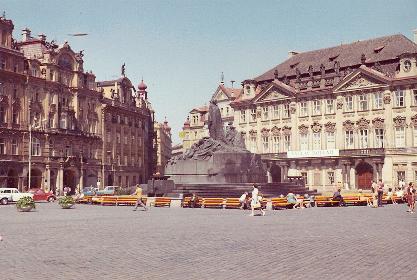
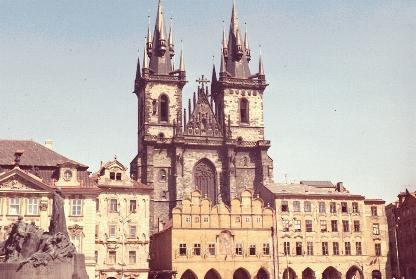
City scenes - skyline, Charles Bridge, Old Square, and Church of Our Lady Before Tyn
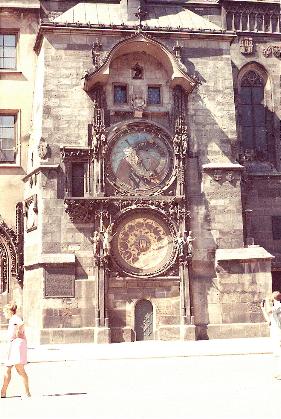
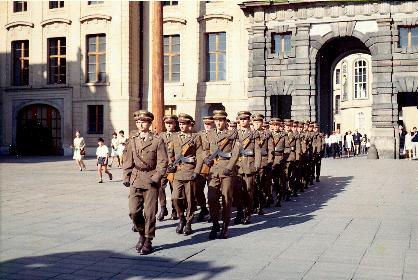
Astronomical Clock and changing of the guard at Hrad
AUSTRIA

Austrian border
Vienna
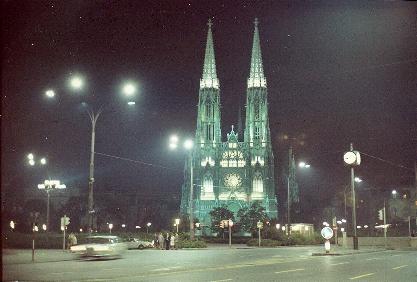
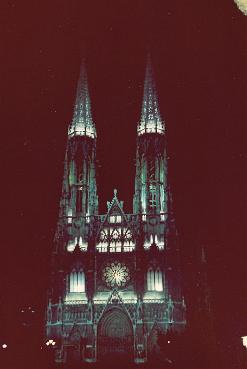
St. Stephen's Cathedral
HUNGARY

Austrian-Hungarian border with Hungarian watchtower
Budapest

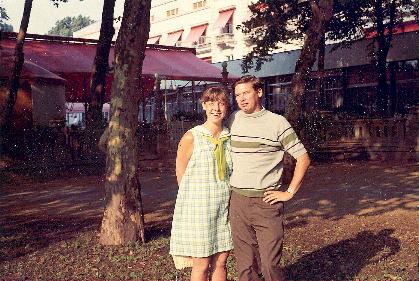
McCubbin, Wanda, and Marilyn at Grand Hotel - Margitsziget
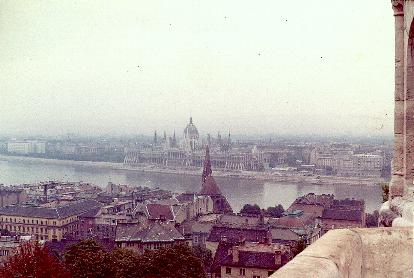
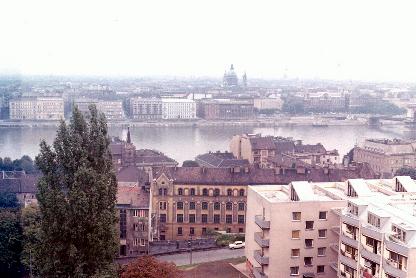


Danube River and street scene

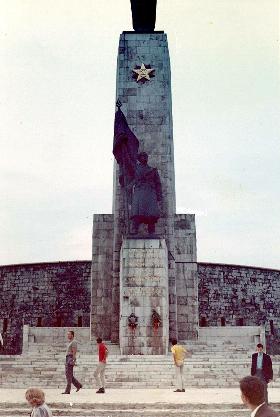
Marilyn and Phil at Heroes' Square and Soviet War Memorial
YUGOSLAVIA
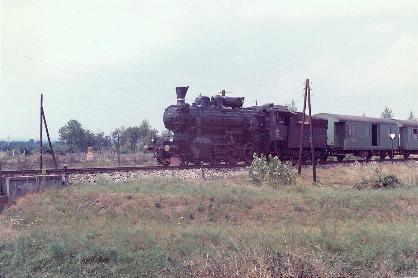
Old steam train along highway near Zagreb
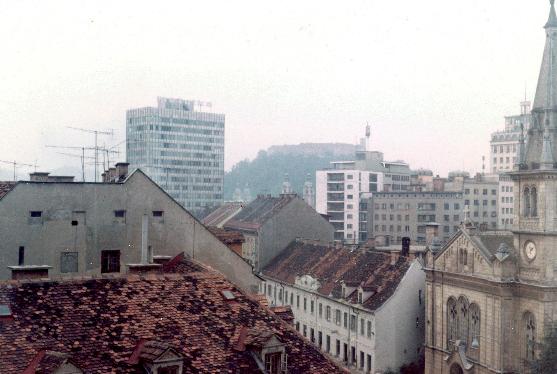
Ljubljana from our hotel room
ITALY
Trieste
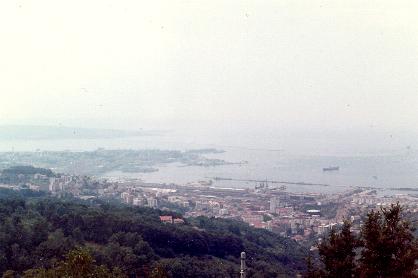
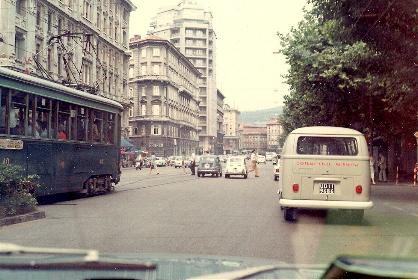
Trieste city views on Adriatic Sea
Lake Como
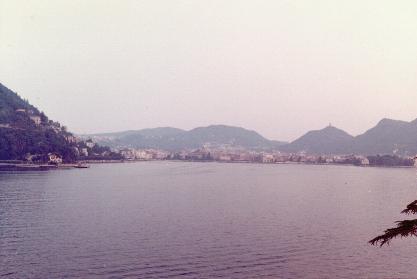
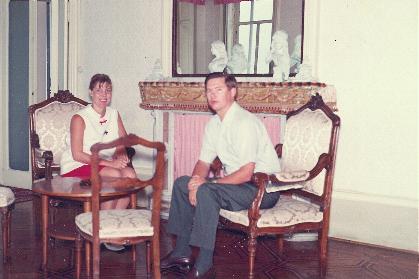
Lake Como from Villa Flori. Italian unifier Giuseppe Garibaldi stayed here on his wedding night
SWITZERLAND
St. Gotthard Pass and Alps
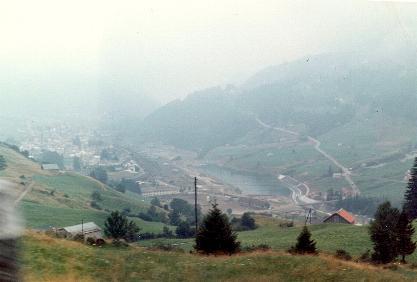
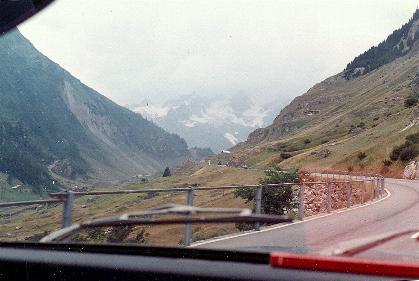
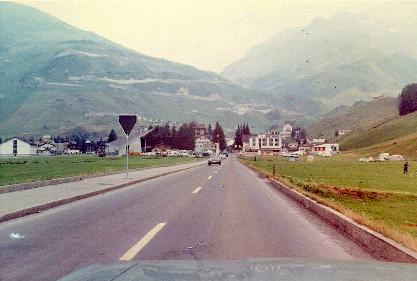
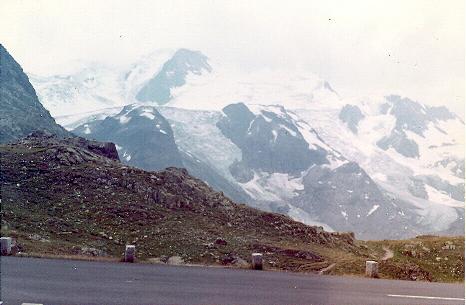
Bern

Zeitglockenturm (clock tower)
Avenches
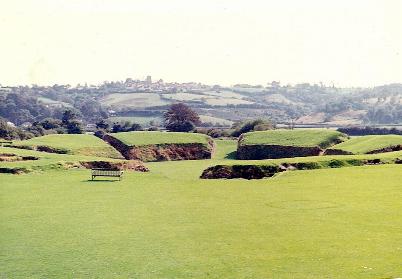
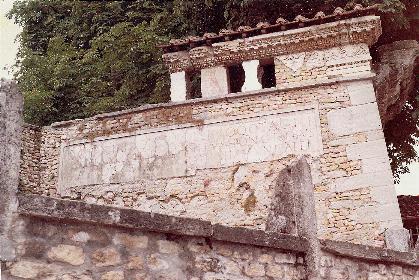
Avenches was originally Aventicum and was the capital of the Roman province of Helvetia.
FRANCE
Paris


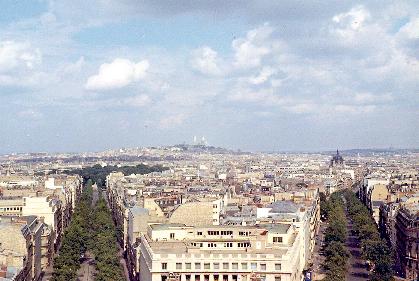
RETURN to Home